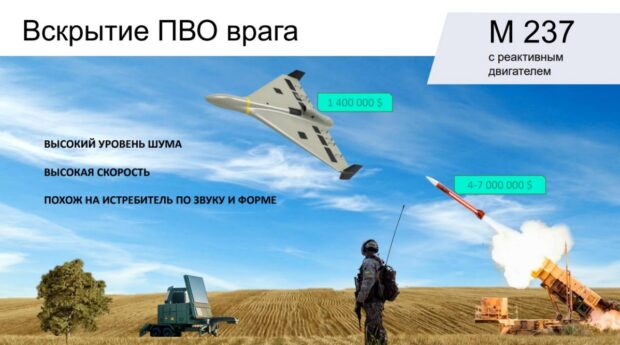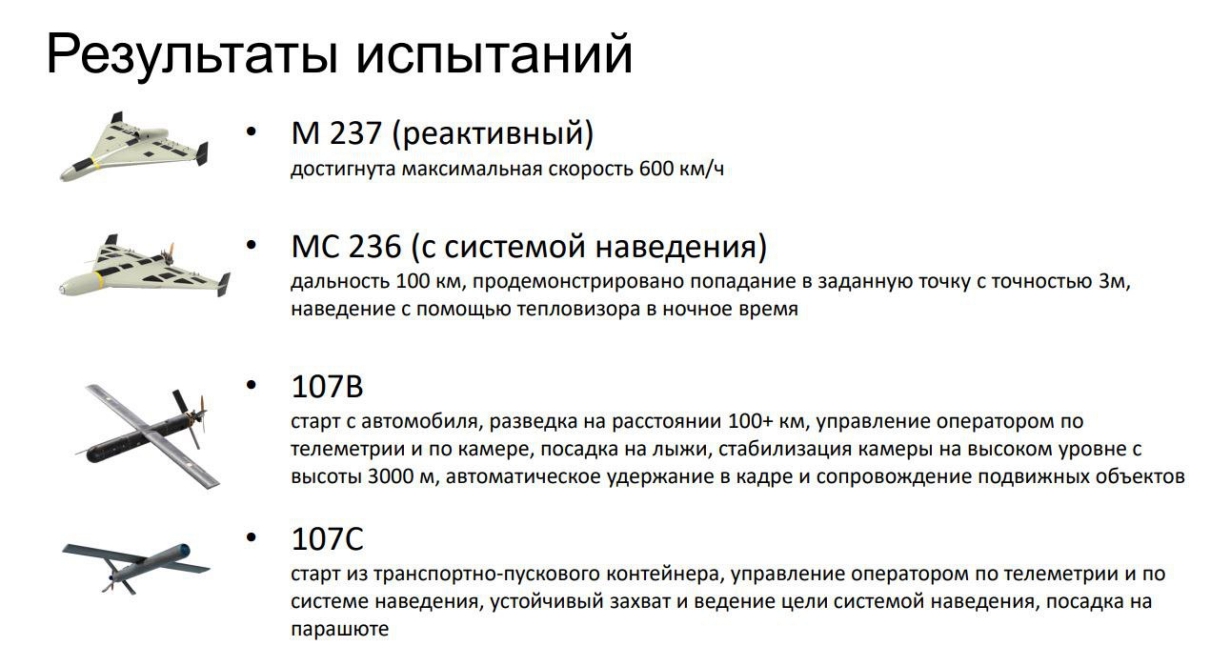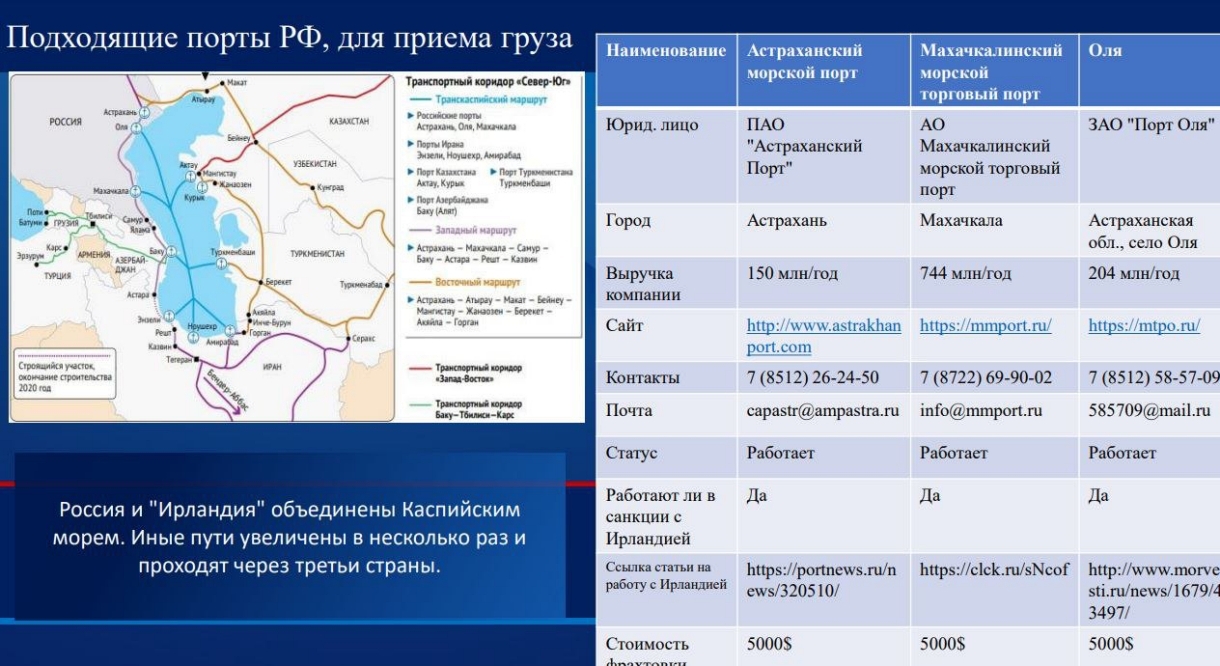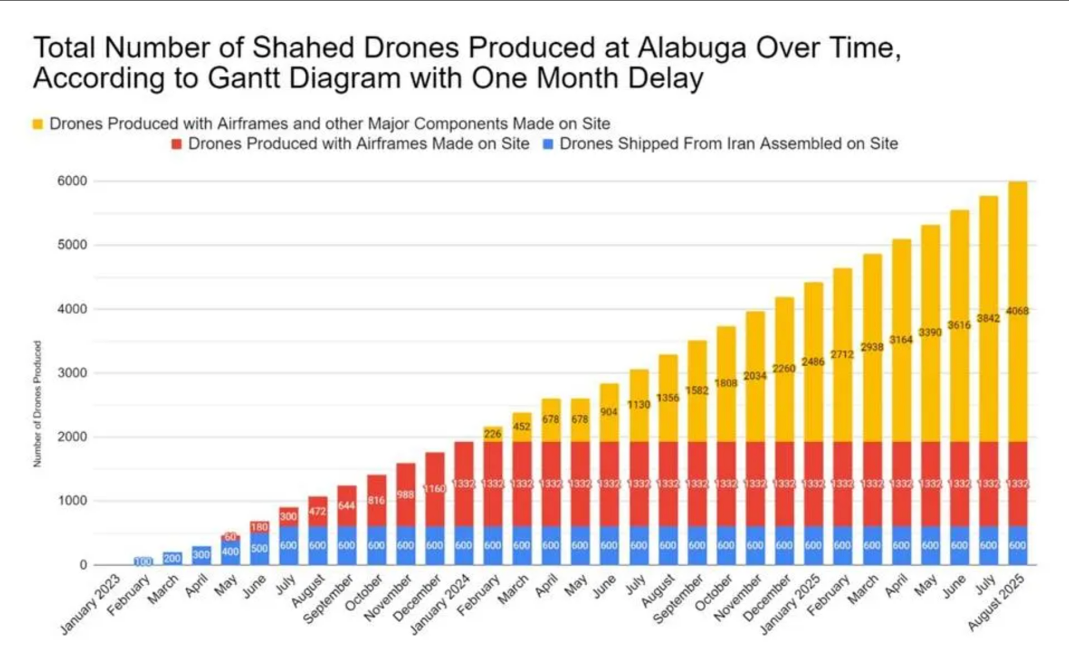A hacker group called the Prana Network broke into the Iranian Revolutionary Guard Corps’ (IRGC) email servers and grabbed data on the sale of Shahed drones to Russia.
The group says it exfiltrated about 10 gigabytes of data from a company known as Sahara Thunder which acts as a front for the IRGC facilitating sales of Iranian arms to Russia. Iranian-supplied Shahed kamikaze drones have been a feature of the Ukraine War since Russia’s 2022 invasion.
The UAV’s designer and manufacturer is believed to be Shahed Aviation Industries Research Center, an Iranian firm likewise operating under the IGRC umbrella. Its delta-winged Shahed-131/136 variants are believed to have a range of approximately 500 to 900 miles.
But according to the internal Sahara Thunder documents seized and published by the Prana group two days after the Guardian piece, that estimate is well short of the mark. The documents show that a single Shahed costs $375,000 to produce. The hack also revealed that Russia and Iran negotiated a lower per unit price for a bulk buy.
An agreement conveyed in the documents set forth a price of $193,000 per Shahed for a 6,000 unit buy. A smaller order of 2,000 units would yield a $290,000 per Shaded sticker price. The two countries reportedly agreed to the larger buy, netting the Iranian government $1.8 billion from the sale after the addition of licensing fees.
The licensing fees cover local production of the drones in Russia. In January Russia announced that it had embarked on development of a less expensive version of the Shahed called the “Hawk” to be made entirely from off the shelf commercial components.
Payment for the Drones
In the published documents, it is indicated that Russia, at least partially, conducts its financial operations and payments with Iran in gold. Specifically, the organization Alabuga Machinery transferred 2,067,795 grams of gold bars to the Iranian proxy company Sahara Thunder in February 2023. Presumably, this was payment for services and goods.
The prospect of 6,000 Shaheds with which Russia could stage a mass attack on Ukraine’s infrastructure is a disturbing one. If the country is able to produce the Hawk in numbers, it is still more concerning. A November report from the Washington DC-based Institute for Science and International Security (ISIS) which analyzed satellite imagery of a plant in Yelabuga, Russia (500 miles east of Moscow) found that significant progress was being made in standing up Hawk production.
A firm called JSC Alabuga is identified as the producer and as of the November report, it was not found on public U.S. or allied sanctions lists. Analysts differ as to whether Russia can produce the licensed Shaheds at a cost of approximately $50,000 per copy as it claims but its capacity to increase local production of the drones was positively projected by the ISIS report.
That potential explains the additional chunk of funds Russia paid in the $1.8 billion it handed over to Iran. However, the state of Russia’s economy and Iranian confidence in its ability to pay was likely reflected in the fact that some portion of the payments was provided in gold to Iran per the hacked documents.
If the cost information that Prana Network claims to have obtained is accurate, it represents a fascinating (if disturbing) insight into the lengths Russia is going to prosecute its war with cheap drones that aren’t as cheap as previously thought.
It also shows that while the Pentagon waivers on executing its Replicator drone initiative, Russia has moved out.
Sources: Forbes; RBC Ukraine; X




